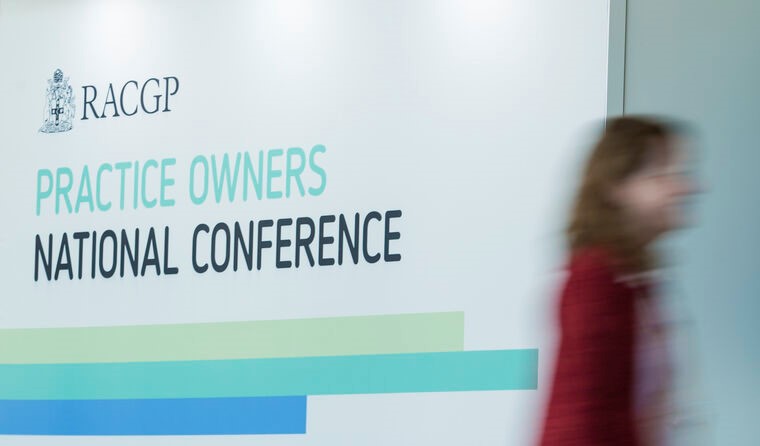
When the RACGP’s third Practice Owners National Conference opened at the Brisbane Convention Centre on Saturday 19 June, hundreds of in-person and online delegates from across the country heard a range of ideas about how to unlock the true value of your general practice.
With continuing reports of general practices struggling to stay afloat due to a lack of investment in primary care and the ongoing effects of the Medicare freeze, such messages were welcomed.
Presenter Abbie Hunt, National Practice Incentive Manager at IPN Medical Centres, said the first step to maximising profitability is understanding how the Standardised Whole Patient Equivalent (SWPE) functions through the MBS.
‘[It] is a result of a patient’s Medicare card number being linked to services that are provided under your provider number and, most pivotally, that your provider number is then linked to your practice number,’ she said.
If a GP’s provider number has not been linked to the practice’s profile, patient interactions will not contribute to Medicare’s assessment of the practice’s size.
‘Any time that you’re not linking, you’re simply missing out on all the patients they’re capturing,’ Ms Hunt said.
The Workforce Incentive Program (WIP), Ms Hunt said, is also important.
Practices are required to report the hours and level of nursing each quarter to receive a workforce incentive. However, different support rates are available for enrolled nurses (EN) compared to registered nurses (RN) and nurse practitioners.
‘We could have a 4000 SWPE practice, which Medicare indicates would be a practice of around four FTE [full-time employees],’ Ms Hunt said.
‘[If] we have two part-time nurses, an RN that works 16 hours a week and an EN that works 24 hours a week, that practice receives just under $20,000 less per annum in WIP funding than a practice down the road of the same size that has a full-time nurse.’
Ms Hunt noted it is common for practice owners who go on to acquire 2–3 clinics to register them as ‘branch practices’ that share one database. While this can streamline processes, it can be financially disadvantageous.
Using a case study of a three-branch practice group with 12 FTE GPs, and a SWPE of 7000 at the main practice, Ms Hunt said the caps on quality improvement activity and the WIP mean the group is limited to receiving $237,000 in funding per year.
‘It sounds nice, it sounds lovely – I know I’d be quite happy to take $200,000 a year. But it’s not much in a 12-doctor practice,’ she said.
By breaking down those practices on paper with Medicare and the incentive funding programs, Ms Hunt said in the example of the case study, annual funding could increase from $237,000 to $400,000.
She also encouraged practice owners to offer different services that can benefit the community and practices themselves.
‘There is significant funding that’s available both in the Indigenous health area and also in student teaching,’ she said.
‘Certainly, it’s very worthwhile looking at Indigenous health. Contact your PHN if you’re looking for somewhere to start. It can quite easily add $500 each year for every Indigenous patient over the age of 15 with a chronic disease. That’s in addition to the annual health assessment that every single Indigenous patient that walks into our practice is entitled to receive.’
Elsewhere at the conference, Dr Sam Prince and Dr Paresh Dawda looked at what quality care means to patients, and what it could mean in the future.
‘It’s a really important question in our current climate,’ Dr Dawda said. ‘Where we started was really looking at the whole patient journey from the word go; the different touchpoints patients have with us in primary care and beyond.’
While various meanings can be attributed to patient-centred care, Dr Dawda summed it up with four key concepts:
- Care that is individualised to that person
- Care that is enabling, using enabling technologies where possible
- Care that is team-based and coordinated
- Care that is relational and is delivered in partnership with patients, with an emphasis on maintaining compassion, dignity and respect
Visit newsGP for more detailed articles on the Practice Owners National Conference: What does quality patient-centred care really mean? and The key to unlocking the true value of your general practice.
Recordings of live sessions from the 2021 RACGP Practice Owners National Conference are now available online.